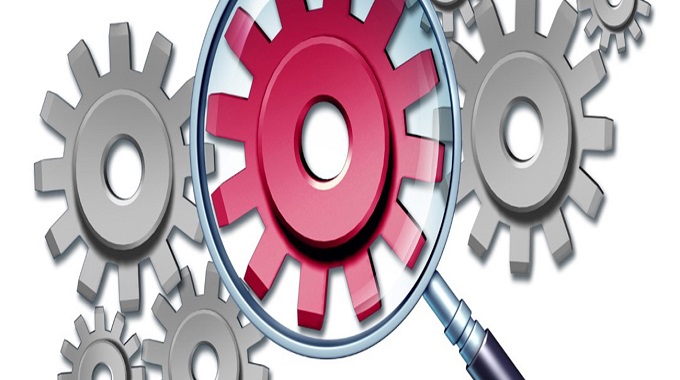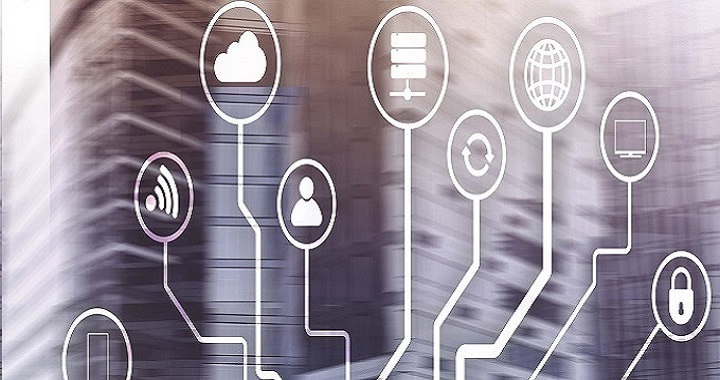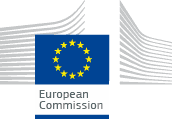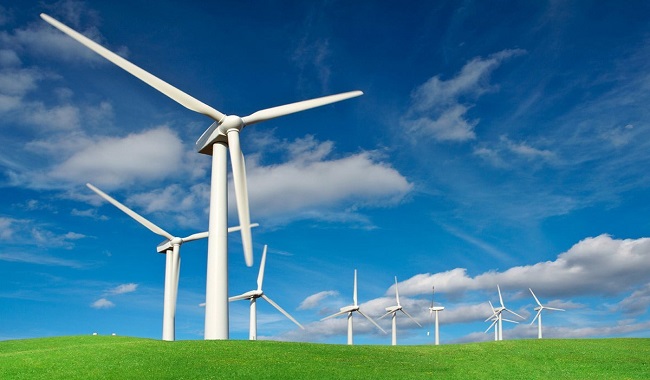New CENELEC standard: With EN IEC 63000:2018, European environmental standards conquer the world
The European Union (EU) has one of the most advanced environmental legislations in the world. It is indeed a necessary step to reach the ambitious objective it has set itself: becoming a leader in the protection of the environment. The good news, both for Europe and the environment, is that sometimes, European standards or practices on environmental issues are adopted at the international level and recognised as globally valuable.
This is the case of recently approved EN IEC 63000:2018. CENELEC has adopted this IEC-made standard, dedicated to providing guidance on the technical documentation for the assessment of electrical and electronic products (EEE) with respect to the restriction of hazardous substances. But, in turn, EN IEC 63000 is extensively based on EN 50581:2012, a fully European harmonised standard developed to implement the EU’s Directive 2011/65/EU on the “restriction of the use of certain hazardous substances in electrical and electronic equipment”, also known as RoHS Directive.
ETSI published new standard for NFV deployment templates that will provide the foundation for an open ecosystem. The ETSI Industry specification Group (ISG) on Network Functions Virtualization (NFV) ended 2018 on a bright note, with the publication of the first version of ETSI GS NFV-SOL 001, the specification of NFV descriptors based on the Topology and Orchestration Specification for Cloud Applications (TOSCA).
This was a highly-anticipated document in the industry, considering the prominent role VNF deployment templates play in an NFV system. Together with ETSI GS NFV-SOL 004, the specification of the structure and format of a VNF package, this new specification provides the foundations of an open ecosystem.
The Guide for referencing standards has been developed in the frame of the Joint Initiative on Standardization within JIS Action 11 ‘Pilot Project on Increased use of Standards in Public Procurement to better implement the public procurement Directives’, under the leadership of the Swedish Standards Institute (SIS), and has been financed by the European Commission. It aims at guiding public procurement officers across Europe on how they can better reference standards in public procurement. The Guide has been drafted with inspiration gathered from similar guides published in Spain and in Denmark in 2017 and with the support of the consultancy organization DanSense. This material was redeveloped, evaluated and scrutinized by an expert panel in three separate rounds in 2018.
ETSI has released a new set of classroom teaching materials on ICT standardization. A comprehensive textbook, “Understanding ICT Standardization: Principles and Practice”, together with an extensive slide pack have been developed with the support of the European Commission and the EFTA Secretariat.
Standardization has become a key business process in the ICT industry. Most standards professionals have acquired their technical knowledge through education, training and life-long learning. But it is unlikely they received much formal education or training in standardization. Generally, third-level students in science and engineering courses have limited exposure to the world of standards, beyond studying or working with specific technical specifications.
The new materials from ETSI will help remedy this situation. They follow a modular design to enable students to focus on the aspects which most concern them. Topics covered include:
- Standardization basics
- The standards ecosystem
- The production of standards
- Standardization and innovation
- Standardization and strategy
- A business perspective: Standardization and intellectual property rights (IPR)
- The economic benefits of standards
The European Patent Office (EPO), the European Committee of Standardization (CEN) and the European Committee for Electro-technical Standardization (CENELEC) have signed a memorandum of understanding (MoU) to enhance the support they provide to industry and stakeholders in Europe and beyond in the field of standard-essential patents.
This is the first MoU between the organizations who will now work together to enhance knowledge about the relationship between standardization and patents. The purpose of this collaboration is to support inventors, innovators, researchers and industry on standard-essential patents (SEPs) in different areas of technology by promoting the dissemination of technical standards including relevant patented technologies. The agreement complements the established co-operation in this field between the EPO, the European Telecommunications Standards Institute (ETSI) and the European Commission (EC).
New Intelligent transport rules adopted in Europe
The European Commission has adopted new rules stepping up the deployment of Cooperative Intelligent Transport Systems (C-ITS) on Europe’s roads.
The new technology will allow vehicles to ‘talk' to each other, to the road infrastructure, and to other road users – for instance about dangerous situations, road works and the timing of traffic lights, making road transport safer, cleaner and more efficient. The new rules are in line with the proposals on clean mobility introduced by the Juncker Commission, are a further step for modernising the European mobility sector, preparing it for climate neutrality in the second half of the century and contributing to the EU's long-term goal of moving close to zero fatalities and serious injuries by 2050 ("Vision Zero").
EU invests over €10bn in innovative clean technologies
The Commission has announced an investment programme worth over €10 billion for low-carbon technologies in several sectors to boost their global competitiveness.
EU innovative climate action has a range of benefits for the health and prosperity of Europeans with an immediate, tangible impact on people’s lives – from the creation of local green jobs and growth, to energy-efficient homes with a reduced energy bill, cleaner air, more efficient public transport systems in cities, and secure supplies of energy and other resources.
The Commission aims to launch the first call for proposals under the Innovation Fund already in 2020, followed by regular calls until 2030. The Innovation Fund will pool together resources amounting to around €10 billion, depending on the carbon price. At least 450 million allowances from the EU Emissions Trading System (EU ETS) Directive will be sold on the carbon market in the period 2020-2030. The revenues of these sales depend on the carbon price, which is currently around EUR 20.
The ETSI Industry Specification Group for cross-cutting Context Information Management (ISG CIM) has released its main specification GS CIM 009 for Next Generation Service Interfaces (NGSI)-LD API, particularly targeting smart city applications and government services (use cases available in GR CIM 002).
The new specification defines a simple way to send or request data, using a serialization format (JSON-LD) which is very familiar to many developers so that rapid adoption is facilitated. The important feature is that data and its context such as the meaning, relationships, source or licensing of that data, etc. are transmitted together. The approach can directly re-use work on matching terminology for things and services which is ongoing in multinational collaboration with many standards organizations. Interworking of NGSI-LD with the existing oneM2M platform and standards is already partially possible and will be refined further in future releases.
Energy Union: €750 million in EU funding made available for clean energy infrastructure
The Commission has released €750 million of funding for key European energy infrastructure projects with major cross-border benefits. Supporting the construction of necessary infrastructure, contributes to the Commission's energy policy priorities of improving energy security, whilst giving consumers more choice, and spurring economic growth and jobs. These interconnections are also essential for renewable energy sources to thrive and make Europe world number one in renewable energy.
A fully interconnected European network is one of the key preconditions to deliver the ultimate goal of the Energy Union, i.e. to ensure secure, affordable and sustainable energy, which has been one of the top political priorities of the Juncker Commission throughout the mandate. The completion of a fully interconnected Internal Energy Market, will allow a cost-efficient decarbonisation of the energy mix by favouring a better integration of intermittent renewable energy and contributing to deliver collectively the EU targets of at least 32% for the share of renewable energy consumed as well of the at least 40% domestic reduction in greenhouse emissions by 2030 compared to 1990, in line with our international commitments under the Paris agreement.












